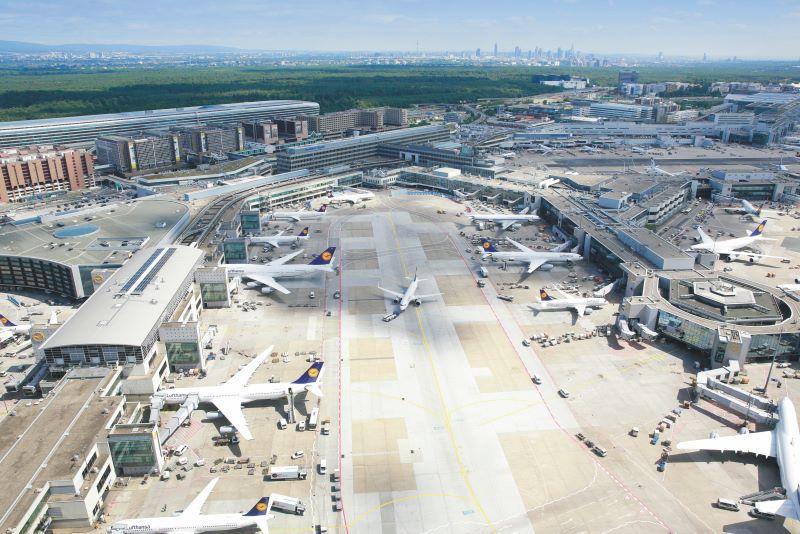
Credit: Fraport AG
FRANKFURT–A year after the coronavirus pandemic forced airlines to shut down much of their operations, governments have pumped $215 billion in financial support into the sector, according to IATA. The association’s outgoing director general and CEO Alexandre de Juniac applauded governments for their...
Subscription Required
This content requires a subscription to one of the Aviation Week Intelligence Network (AWIN) bundles.
Schedule a demo today to find out how you can access this content and similar content related to your area of the global aviation industry.
Already an AWIN subscriber? Login
Did you know? Aviation Week has won top honors multiple times in the Jesse H. Neal National Business Journalism Awards, the business-to-business media equivalent of the Pulitzer Prizes.


